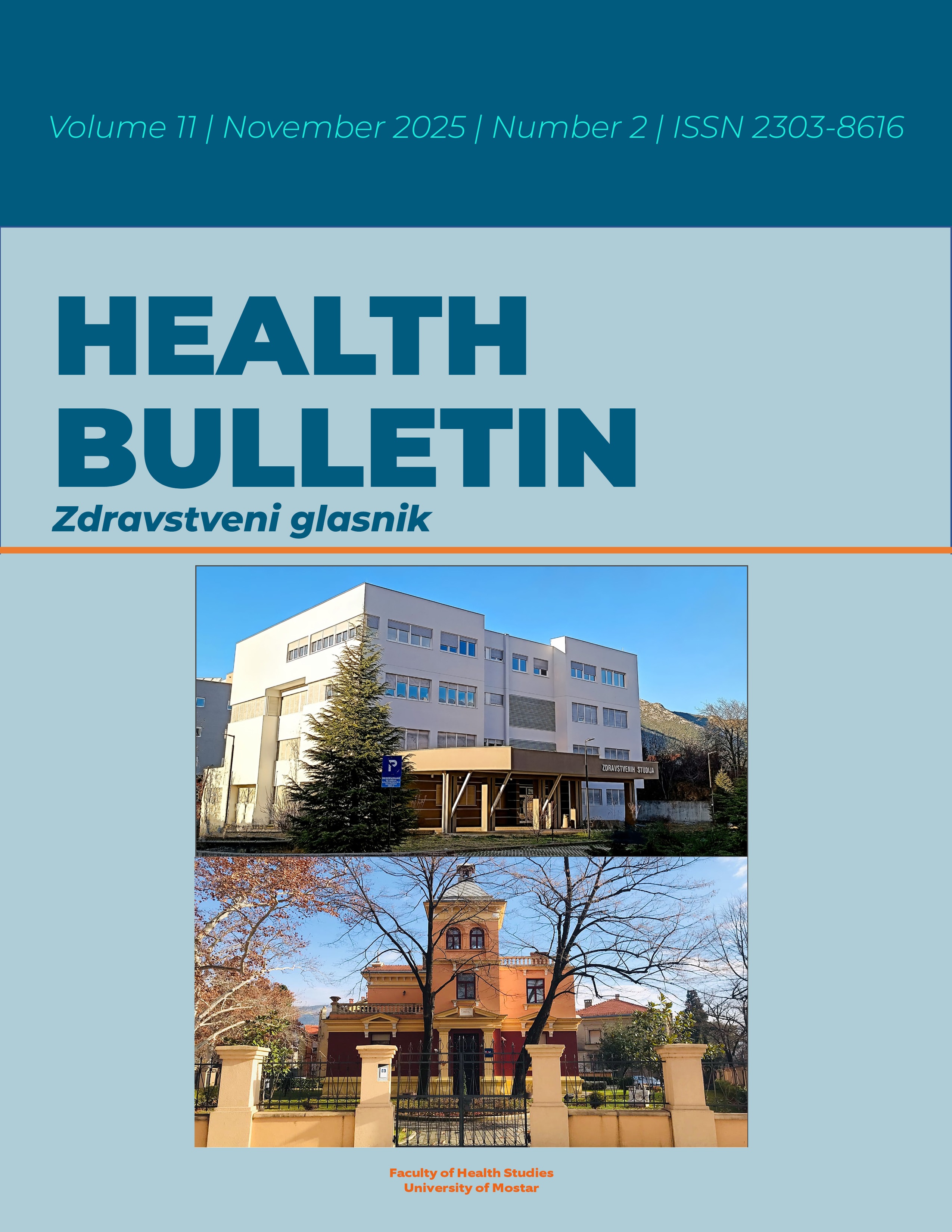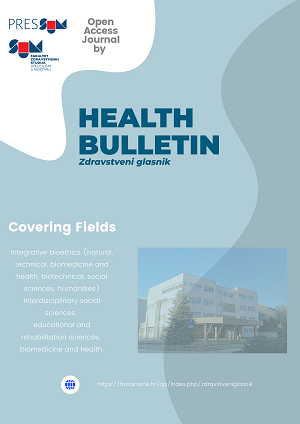THE ROLE OF MRI, MSCT AND PET/CT DIAGNOSTIC IMAGING IN THE FOLLOW-UP OF PATIENTS WITH METASTATIC BREAST CARCINOMA
DOI:
https://doi.org/10.47960/Keywords:
breast, metastases, MRI, MSCT, PET/CTAbstract
Introduction: Breast cancer is one of the most frequently diagnosed malignant diseases, and its incidence has been continuously increasing in the last few decades. It is the leading cause of cancer-related mortality in the female population. Despite advances in diagnostics and treatment, disease recurrence and metastatic form continue to represent a significant clinical challenge.
Materials and methods: A search of scientific literature was conducted in the PubMed database using the following keywords: radiology imaging, metastatic breast cancer, PET/CT, MRI and MSCT. Out of a total of 88 identified works, 21 were selected for detailed analysis according to the criteria of relevance, quality and availability.
Results: The analysis showed that MRI and PET/CT modalities are the most sensitive and specific in detecting breast cancer metastases, especially in the bones, liver and brain. MRI allows early detection of metastatic changes due to its high spatial resolution, while PET/CT provides additional metabolic information that complements the anatomical view. CT is a standard available modality, but with lower sensitivity in early detection of metastases.
Conclusion: The combination of different imaging methods (MRI + PET/CT) provides complementary information and increases diagnostic accuracy. The selection of the optimal modality should be individualized according to the type of cancer, the clinical picture and the availability of technology.
















